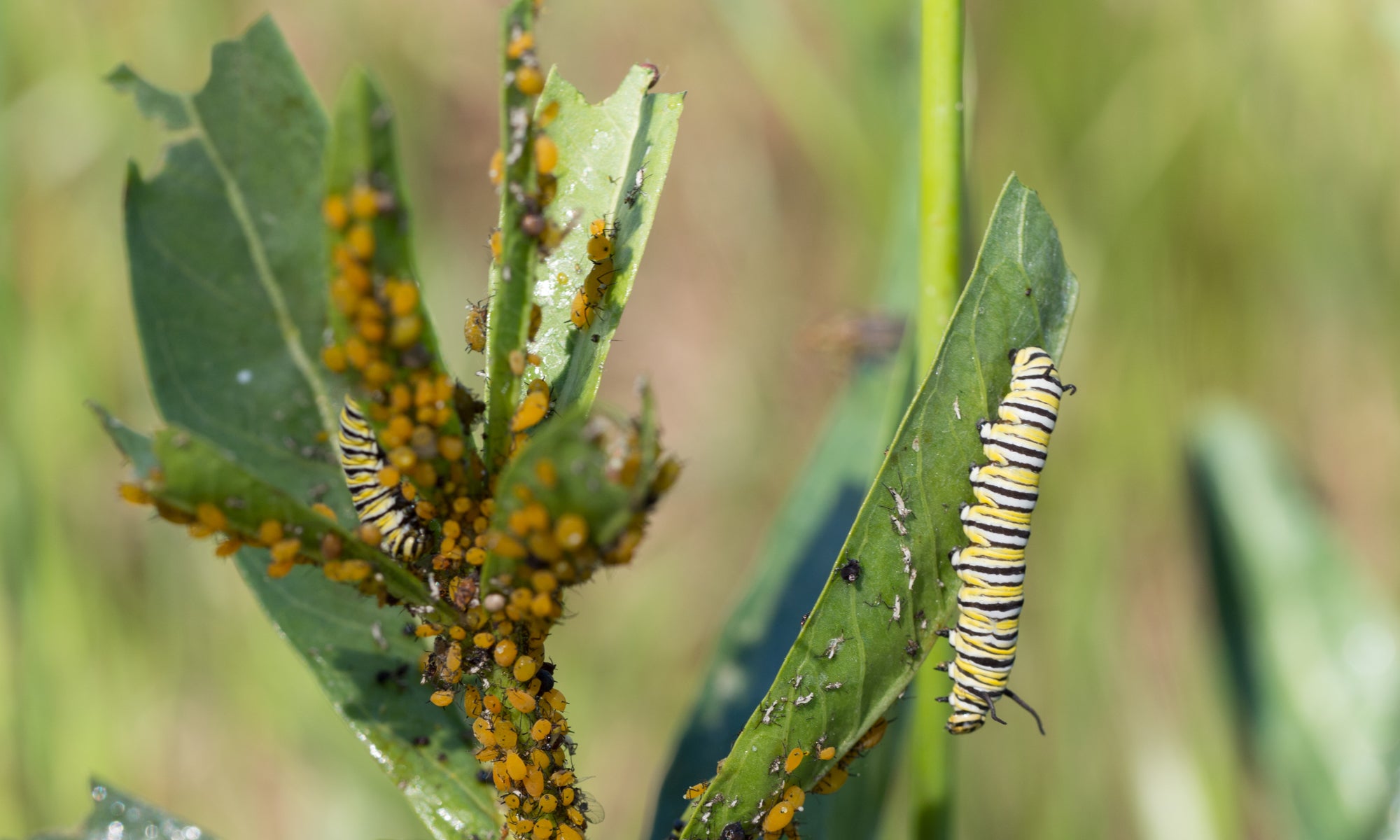Amber Wright, Louie H. Yang, Jonah Piovia-Scott, David A. Spiller, and Thomas W. Schoener
Abstract
Increases in consumer abundance following a resource pulse can be driven by diet shifts, aggregation, and reproductive responses, with combined responses expected to result in shorter response lags and larger magnitude numerical increases. Previous work on large Bahamian islands has shown that lizards (Anolis sagrei) increased in abundance in response to pulses of seaweed deposition, which provide abundant marine-derived prey resources. These numerical responses were associated with rapid diet shifts and aggregation, followed by increased reproduction. These dynamics are likely different on isolated small islands because lizards cannot readily immigrate or emigrate. We evaluated the effects of experimental pulses of seaweed deposition that varied in frequency and magnitude on lizard diet shifts and numerical responses on small islands (n = 16) and in plots on large mainland islands (n = 20) over five years. We found that pulses of seaweed deposition created persistent increases in lizard abundance on small islands regardless of pulse frequency or magnitude, which may have occurred because the initial resource pulse facilitated population establishment, possibly via enhanced overwinter survival. In contrast with a previous experiment, we did not detect numerical responses on mainlands, despite the fact that lizards consumed more marine resources in subsidized plots. This lack of a numerical response may be due to rapid aggregation and disaggregation or stronger suppression of A. sagrei by their predators on mainlands. Our results highlight the importance of habitat connectivity in governing ecological responses to resource pulses and suggest that disaggregation and changes in survivorship may be underappreciated drivers of pulse-associated dynamics.
The American Naturalist

